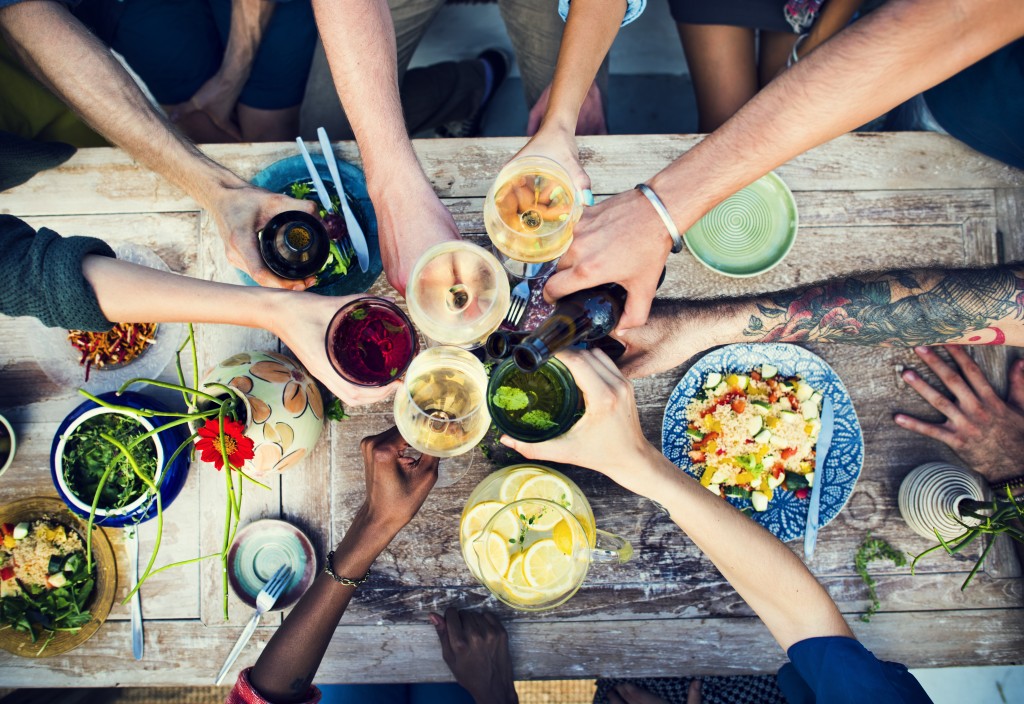Obesity is a public health crisis in the US. In 2018, nearly 40 percent of adults over the age of 20 are overweight. That’s about 93.3 million people.
Federal, local, and state governments are moving to address this issue in several ways. For one, the federal administration started different programs to make healthier food items available in underserved communities and schools.
But the move to healthier eating habits isn’t only visible on the national and state levels. On an individual level, U.S. consumers have started becoming more conscious of their diet. Many are focused on weight loss and maintenance, among a broad spectrum of other health and lifestyle issues. This trend gave rise to diet fads, meal plan deliveries, and fresh, healthy food franchises that help people with their lifestyle switch.
Shift to a Healthier Lifestyle
Mintel, a market intelligence agency, revealed in a report that 55 percent of Americans have led healthier lifestyles in 2017 compared to the years prior. Meanwhile, 45 percent say they’ve made drastic changes for the sake of their wellness.
Consumers define “healthy living” in various ways. A balanced diet, sufficient sleep, and regular exercise are among the common measures of a healthy lifestyle. Mental and emotional stability and time for relaxation are also high on the priority list of other people.
However, most consumers recognize that diet and exercise are the most important factors for a healthier lifestyle. So the demand for more nutritious food items has increased, which affecting the food and beverage industry.
Natural Beverage Options
The 2018 report of the Beverage Industry showed that 62 percent of consumers are demanding natural beverage options. This shift is evident in the decline of the soft drinks market and the growth of organic drinks, such as kombucha, herbal tonics, and drinkable bone broth.
Aside from organic drinks, health-conscious consumers crave low-sugar options in the beverage category. People have finally realized the dangers of sugar for their bodies, so they’ve started rejecting artificially sweetened drinks.
The demand for healthful on-the-go drinks isn’t showing any signs of slowing down. Beverage manufacturers are racing to include value-adds into their products, from probiotics to animal proteins.
The need for healthier options is evident even in public spaces, especially in concession stands and vending machines. This increasing trend put pressure on park and recreation agencies to be at the forefront of encouraging healthy eating habits at a community level.
Apart from the demand for healthier beverages, consumers are also asking for manufacturers to be more transparent with their labels.
Transparent Product Labeling

A report from Label Insight and Food Marketing Institute (FMI) shows that shoppers want more in-depth product information. People are now paying more attention to the ingredients list and nutritional information of the products they purchase. But more than the ingredients, consumers now also want to know about allergen information, claims and certifications, fair trade and labor practices, as well as animal welfare.
Buyers have also started becoming more proactive with how they research brands and their merchandise. They can easily use their phones to look up the health benefits, dietary claims, and other important information about a product.
How can food and beverage brands keep up with the health and wellness trend? By listening to their customers. Manufacturers must be quick to adapt to the changing demands and needs of their target audience to stay abreast with the changes in their market.
